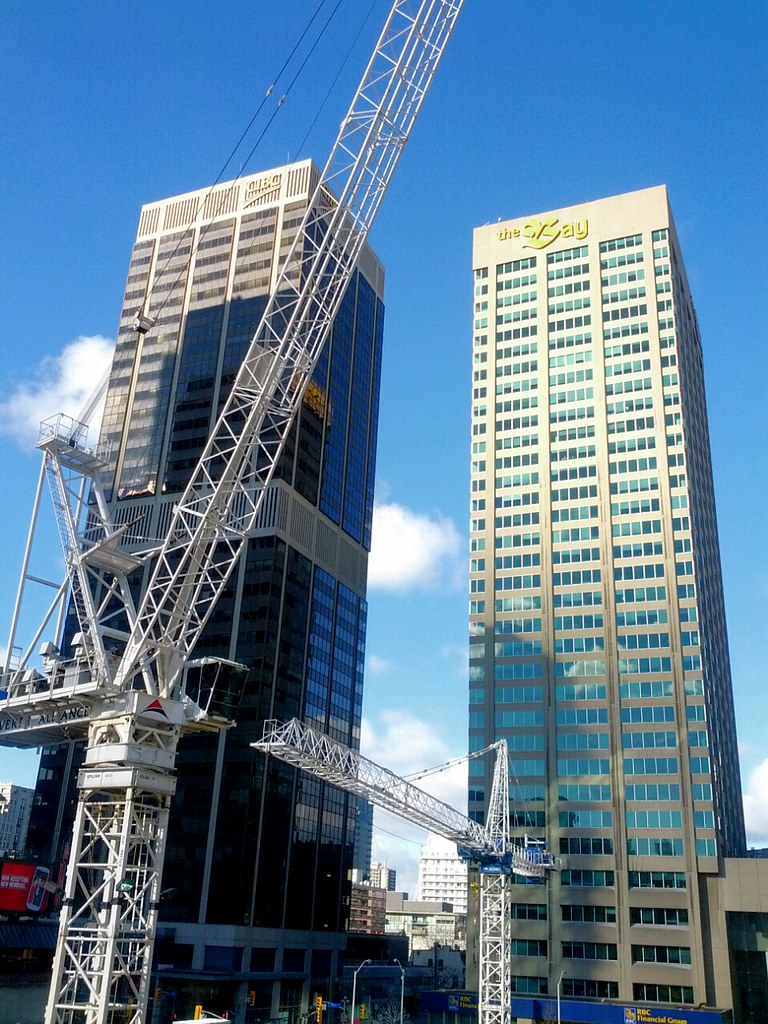androiduk
Senior Member
Compare the shot above of 1 Bloor's core to the core of Aura below, taken in Sept 2010.


Last edited:

....except when the units are only seperated by drywall, which is common these days.

I seriously doubt it is separated by only drywall. It is usually a double stud wall with special sound absorbing insultation
in between. Insultation absorbs sound much better than a hard surface. The bass sound from rap music which because
of the broad sound wave travels easily through a hard surface is a particular problem.
What about transmission of high frequency sound waves for drywall?
The biggest determinant with regards to reinforced concrete vs steel is that most construction companies in Toronto are set up for reinforced concrete, whereas in a place such as New York, the industry is primarily built around steel. You can do steel here for large structures, but it will cost you a significant amount more to do so. Both materials have their advantages and disadvantages.
I seriously doubt it is separated by only drywall. It is usually a double stud wall with special sound absorbing insultation
in between. Insultation absorbs sound much better than a hard surface. The bass sound from rap music which because
of the broad sound wave travels easily through a hard surface is a particular problem.
The big pour is happening right now and that giant pit of rebar is being filled in.